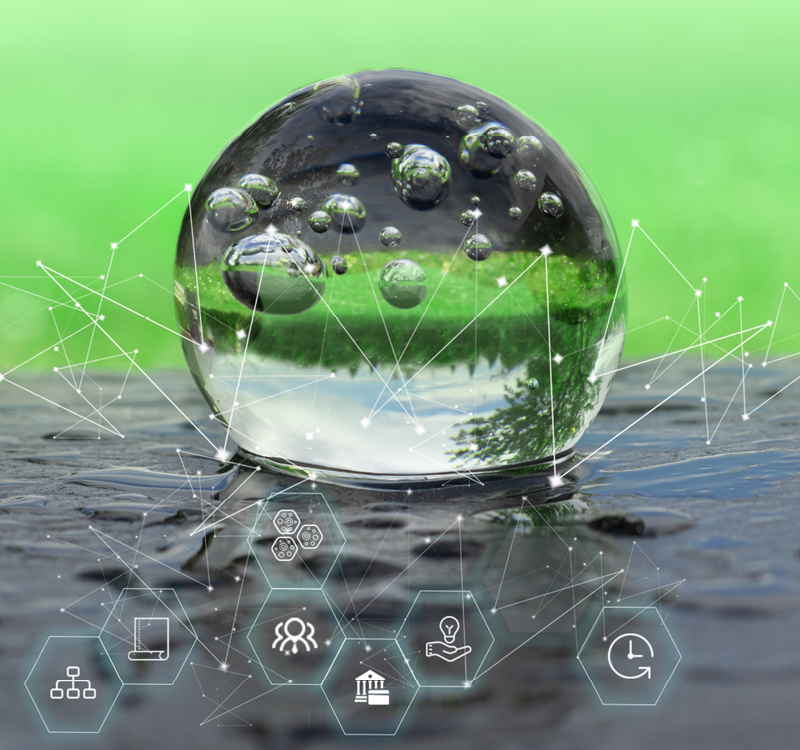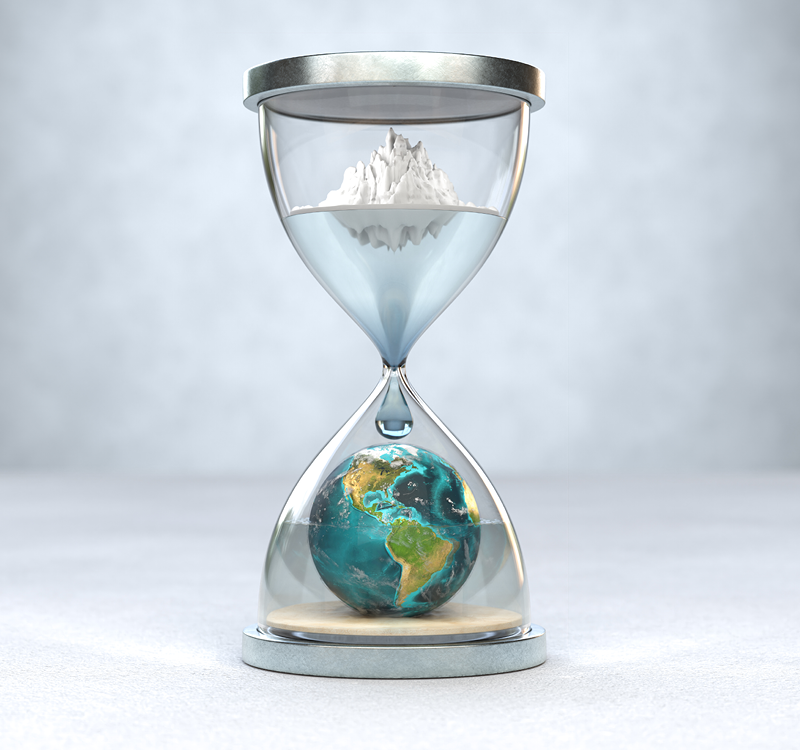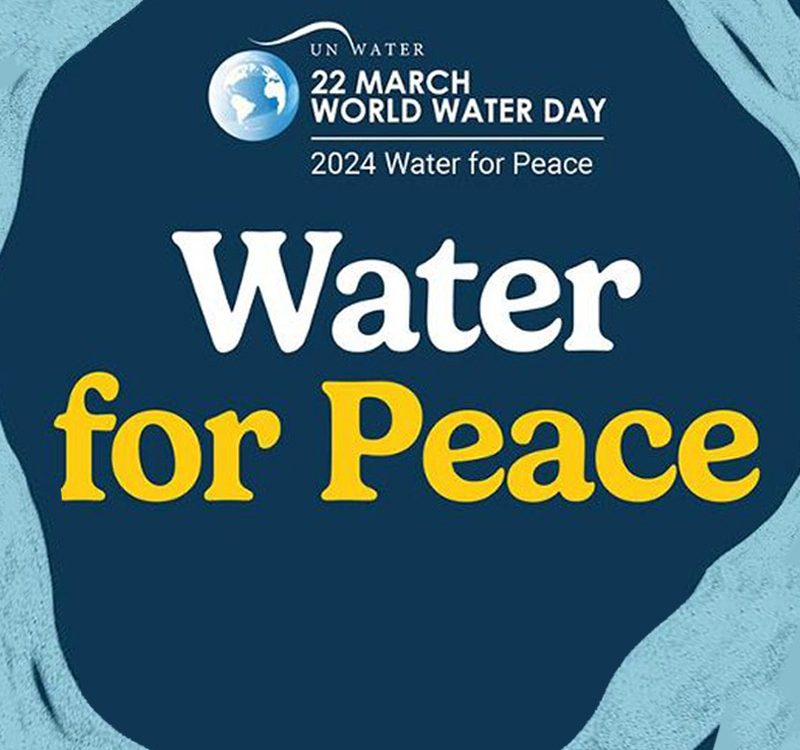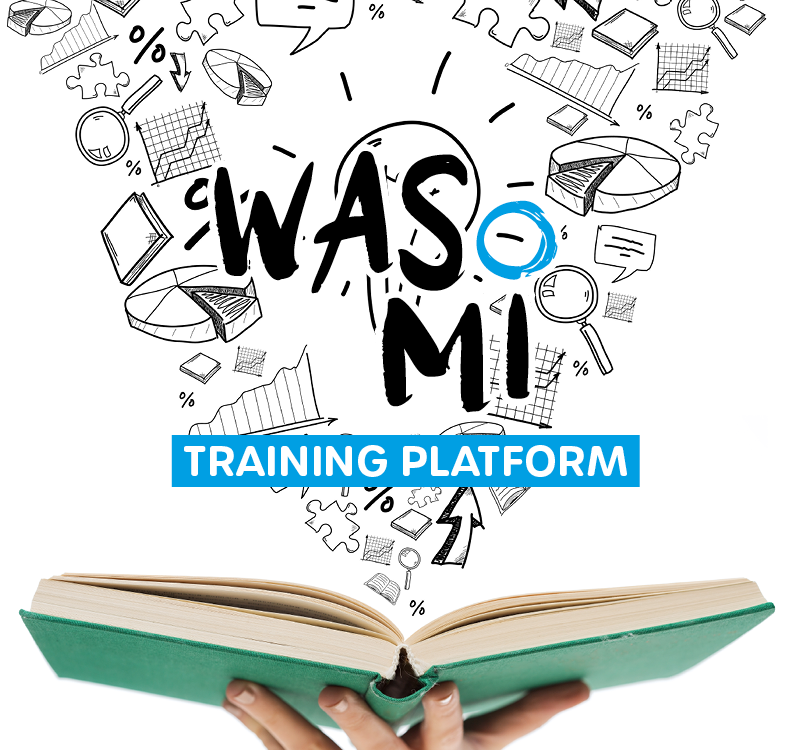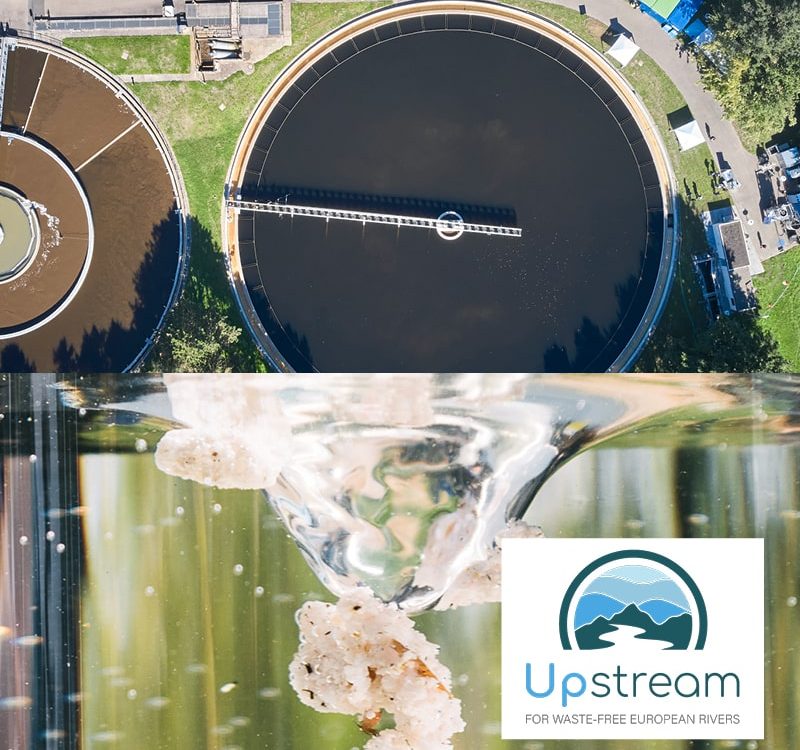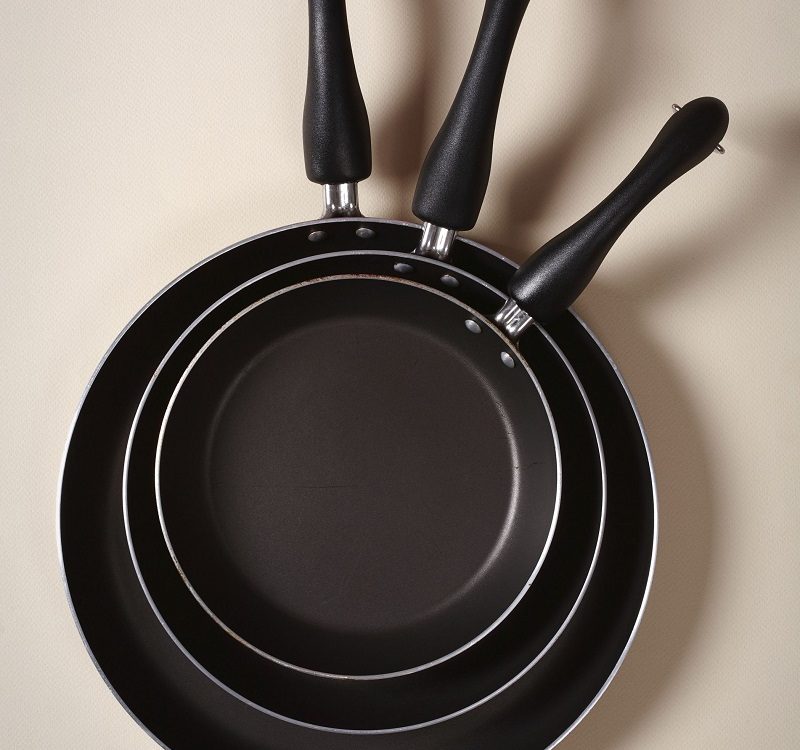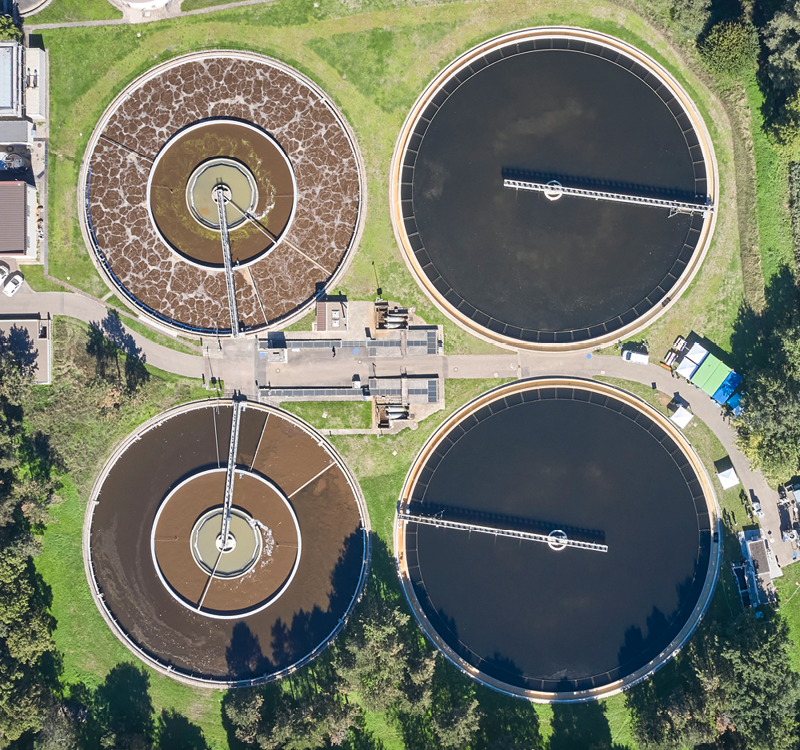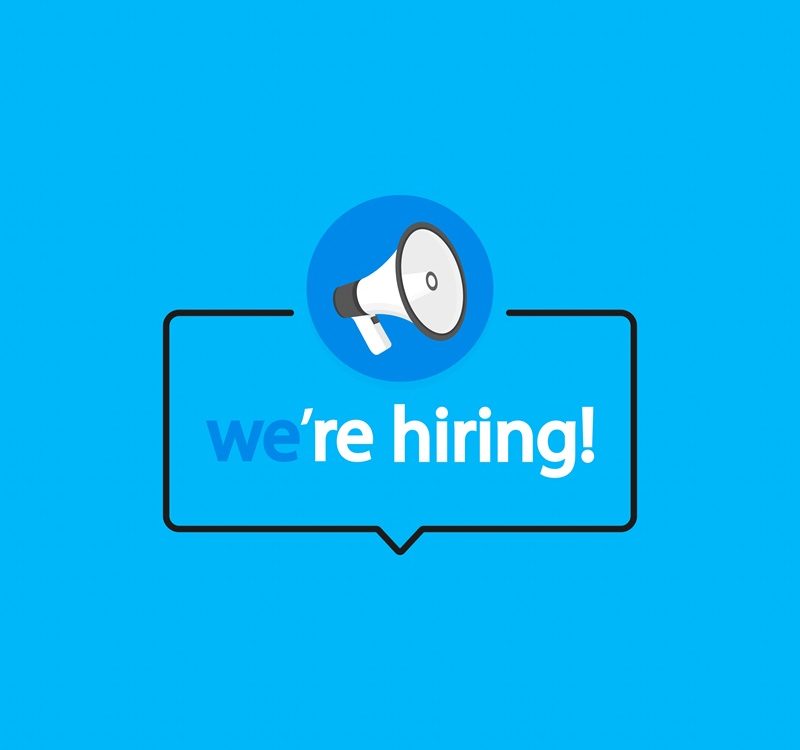Steigende gesetzliche Regulationen für Polymere, Kunststoffe und Mikroplastik, hohe Kosten für Wasser, Abfälle, Energie, Chemikalien und die Instandhaltung von Anlagen sowie komplexe Verschmutzungsszenarien - Unternehmen, die in ihren Prozessen viel Wasser, Polymere und weitere Chemikalien einsetzen, stehen vor der Herausforderung ihr Umwelt-, Abfall- und Ressourcenmanagements neu auszurichten.
Mit dem Verfahren Wasser 3.0 PE-X® steht erstmals eine adaptive Komplettlösung für ein nachhaltiges und kosteneffizientes Sustainability Upgrade für die industrielle Wasserbehandlung zur Verfügung. Der Schwerpunkt des Verfahrens, das auf Green Chemistry, low-tech Anlagen und kreislaufwirtschaftliche Prozesse setzt, liegt in der Entfernung von Mikroplastik. Bei geringen Anschaffungs- und Betriebskosten verbessern sich dabei nicht nur die Wasserqualität, sondern auch Ressourcennutzung, Abfallaufkommen und Energieverbrauch.

